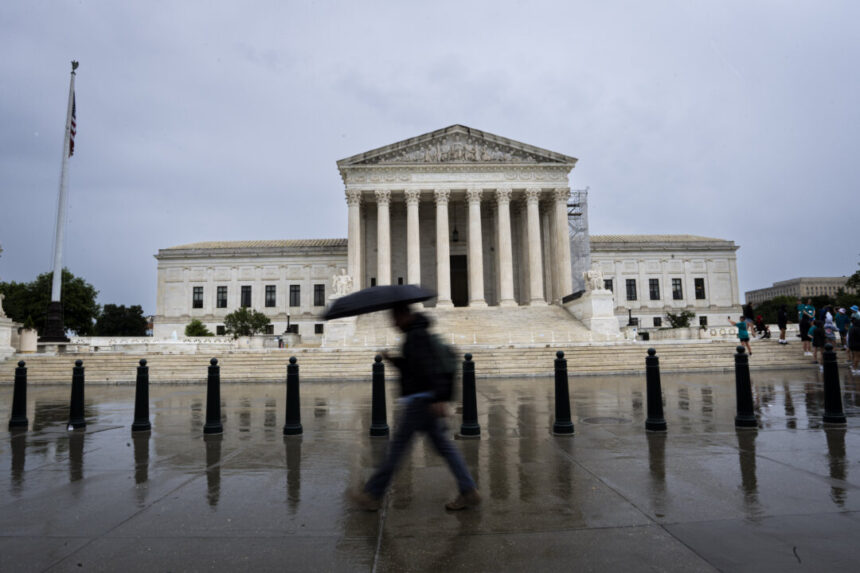The recent Supreme Court decision on “consumer finance” may not be enough to shatter some prevailing myths, as I had hoped. One such myth is the belief in a conservative 6-3 majority in the court. Another myth is the idea that electing good candidates, selecting good judges, and litigating good cases can restore popular control over the federal government.
The Dodd-Frank bill exemplifies how the federal government operates today. It was a massive 840-page bill that bundled together various subjects, preventing Congress from voting on them separately. Despite being marketed as a response to a financial crisis caused, in part, by an abuse of federal power, Dodd-Frank actually increased federal power at the expense of states’ rights.
Dodd-Frank established more federal agencies, including the Bureau of Consumer Financial Protection (CFPB), which received broad authority to regulate consumer finance. The CFPB’s actions, such as trying to force financial institutions to lend to illegal immigrants, showcase its influence on policy beyond consumer finance.
The structure of the CFPB, combining legislative, executive, and judicial powers in one agency, goes against the principles of separation of powers. The law was designed to make the CFPB permanent, with the director serving a longer term than the president and protected from removal except for narrow reasons.
Despite challenges to the constitutionality of the CFPB’s funding scheme, the Supreme Court upheld it in a recent decision. Justice Clarence Thomas, often labeled as conservative, wrote the opinion, reaching a liberal result. While he may not favor Dodd-Frank personally, his role is to interpret the law based on the Constitution’s text and historical understanding.
Justice Thomas’s analysis of the term “Appropriation[] made by Law” found that the CFPB’s funding scheme was constitutional. Other justices concurred, some relying on non-originalist reasons, while Justices Alito and Gorsuch dissented.
In conclusion, the Supreme Court’s decision on the CFPB funding scheme may not have shattered myths about the court or the federal government, but it sheds light on the complexity of legal interpretation and the balance of powers in our system. The article provides a historical perspective on how the British Parliament and colonial legislatures asserted their financial power against the Crown, highlighting the importance of legislative control over the purse in our constitutional system. However, it argues that the dissent in the CFPB funding scheme case did not prove its unconstitutionality due to numerous Founding-Era precedents suggesting otherwise.
Debunking myths, the article challenges the notion of a 6-3 conservative majority in the Supreme Court, emphasizing the diversity of judicial philosophies among the justices. It discusses how different approaches to judging can lead to either liberal or conservative outcomes, as seen in the CFPB case.
The article also raises concerns about the reliance on elections and litigation to uphold constitutional principles, pointing out the breakdown of limits on federal powers outlined in the Constitution. It calls for a fundamental solution of restoring these limits to truly safeguard liberty.
Furthermore, the author touches on the responsibility of federal politicians and bureaucrats in the lead-up to the “Great Recession” and highlights the challenges in verifying this information due to search engine algorithms. The article concludes by emphasizing that the views expressed are the author’s opinions and may not reflect those of The Epoch Times. Please rephrase this sentence.
Source link





